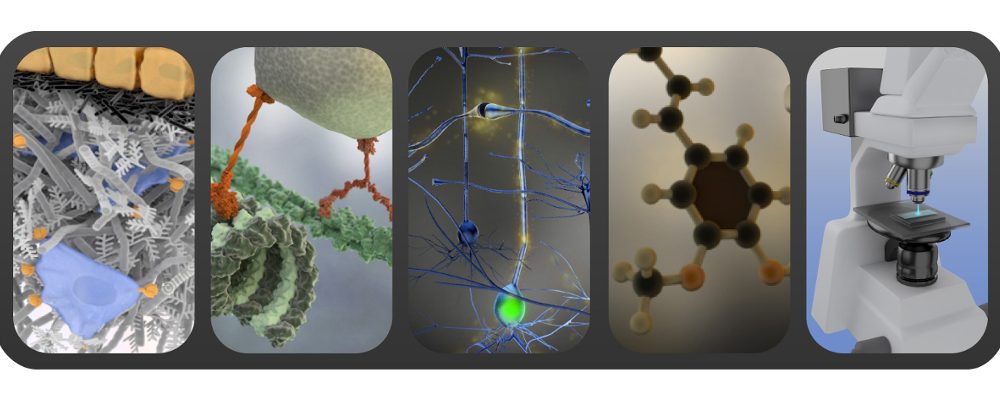Software tips for scientists
Here’s a compilation of 3D and 2D graphics software tools worth (re-)discovering if you’re a researcher / scientist.
Having a hypothesis concerning spatially and temporally dynamic processes on a molecular level? Wondering how to test it quickly? Have you heard about Molecular Flipbook.org ?
Flipbook creator Janet Iwasa believes that testing your hypotheses in a three-dimensional scientific animation can help clarify your ideas.
The Molecular Flipbook is a free animation toolkit designed specially for researchers in biology or biology-related fields. This tool makes it easy to create simple short animations from pdb files. The website is meant to be a collaboration platform, therefore the created molecular models and animations can be freely shared, viewed and edited with fellow scientists. It comes with a small library of already existing source files that you can grab and use. It can be a valuable resource for free scientific animations.
BioBlender is another tool for molecular animations, offering rapid production times and quick modifications if necessary. It can be used for:
molecular visualization (importation and visualization of PDB files), Molecular Dynamics simulation (protein model transition from one conformation to another) and complex protein surface property visualizations (e.g. MLP and EP surface properties).
BioBlender is a fork of the Blender project which is an open source 3D animation software that can create a cinema style animations. While the interface can be scary at first, BioBlender itself is located only in one tab and can be learnt relatively fast. For the moment it has some limitations, but it may be a good idea to keep an eye on it if your core research is in structural biology.
Scribus, a possible alternative to PowerPoint for poster design, is an open source desktop publishing program with powerful features for handling text and images. Simple to use tools include text wrapping around images, linking text boxes, setting up font styles and variable line spacings as well as an efficient organisation of layouts. Images are stored as links to files, so if you update your figures, the poster is updated automatically. The output is a PDF file so all vector graphics remain intact.
Inkscape extension Sozi provides a different way to make a presentation, for example a short pitch or poster presentation. Sozi, once installed, allows to create a navigation path, zoom and translate over the content of your presentation laid out on a practically infinite workspace. You can create your content entirely from scratch in inkscape or load an image created elsewhere, and then define your presentation steps. Saved as .svg file, any browser (offline) allows you to play such a presentation consisting in a series of translations, zooms and rotations that permit to focus consecutively on each element you want to show. Here’s an example of a scientific presentation made with Sozi (click to move forward).
Sozi does not require you to store your data in the cloud and allows you to work entirely offline. If you’re familiar with inkscape already, it takes just minutes to learn the basics of Sozi! Give it a try!
If you like the content of this blog, sign up to receive the latest posts on graphic design for scientists directly to your inbox!Software tips for scientists.
